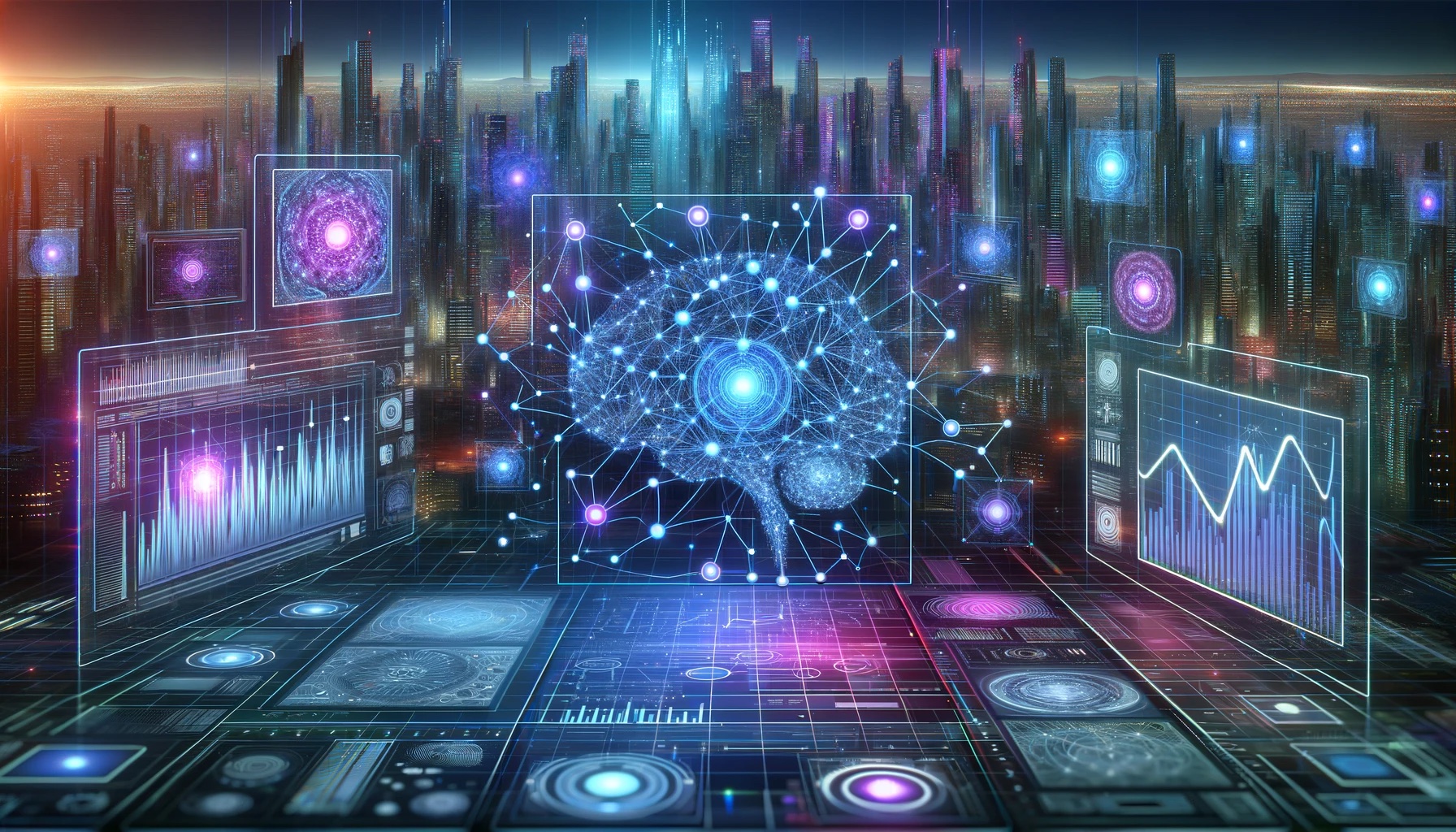
by Joche Ojeda | Dec 31, 2023 | A.I
Unpacking Memes and AI Embeddings: An Intriguing Intersection
The Essence of Embeddings in AI
In the realm of artificial intelligence, the concept of an embedding is pivotal. It’s a method of converting complex, high-dimensional data like text, images, or sounds into a lower-dimensional space. This transformation captures the essence of the data’s most relevant features.
Imagine a vast library of books. An embedding is like a skilled librarian who can distill each book into a single, insightful summary. This process enables machines to process and understand vast swathes of data more efficiently and meaningfully.
The Meme: A Cultural Embedding
A meme is a cultural artifact, often an image with text, that encapsulates a collective experience, emotion, or idea in a highly condensed format. It’s a snippet of culture, distilled down to its most essential and relatable elements.
The Intersection: AI Embeddings and Memes
The connection between AI embeddings and memes lies in their shared essence of abstraction and distillation. Both serve as compact representations of more complex entities. An AI embedding abstracts media into a form that captures its most relevant features, just as a meme condenses an experience or idea into a simple format.
Implications and Insights
This intersection offers fascinating implications. For instance, when AI learns to understand and generate memes, it’s tapping into the cultural and emotional undercurrents that memes represent. This requires a nuanced understanding of human experiences and societal contexts – a significant challenge for AI.
Moreover, the study of memes can inform AI research, leading to more adaptable and resilient AI models.
Conclusion
In conclusion, while AI embeddings and memes operate in different domains, they share a fundamental similarity in their approach to abstraction. This intersection opens up possibilities for both AI development and our understanding of cultural phenomena.

by Joche Ojeda | Dec 7, 2023 | A.I
Neural Networks: An Overview
Neural networks are a cornerstone of artificial intelligence (AI), simulating the way human brains analyze and process information. They consist of interconnected nodes, mirroring the structure of neurons in the brain, and are employed to recognize patterns and solve complex problems in various fields including speech recognition, image processing, and data analysis.
Introduction to Neural Networks
Neural networks are computational models inspired by the human brain’s interconnected neuron structure. They are part of a broader field called machine learning, where algorithms learn from and make predictions or decisions based on data. The basic building block of a neural network is the neuron, also known as a node or perceptron. These neurons are arranged in layers: an input layer to receive the data, hidden layers to process it, and an output layer to produce the final result. Each neuron in one layer is connected to neurons in the next layer, and these connections have associated weights that adjust as the network learns from data.
Brief History
The concept of neural networks dates back to the 1940s when Warren McCulloch and Walter Pitts created a computational model for neural networks. In 1958, Frank Rosenblatt invented the perceptron, an algorithm for pattern recognition based on a two-layer learning computer network. However, the interest in neural networks declined in the 1960s due to limitations in computing power and theoretical understanding.
The resurgence of interest in neural networks occurred in the 1980s, thanks to the backpropagation algorithm, which effectively trained multi-layer networks, and the increase in computational power. This resurgence continued into the 21st century with the advent of deep learning, where neural networks with many layers (deep neural networks) achieved remarkable success in various fields.
A Simple Example
Consider a simple neural network used for classifying emails as either ‘spam’ or ‘not spam.’ The input layer receives features of the emails, such as frequency of certain words, email length, and sender’s address. The hidden layers process these inputs by performing weighted calculations, passing the results from one layer to the next. The final output layer categorizes the email based on the processed information, using a function that decides whether it’s more likely to be ‘spam’ or ‘not spam.’
Conclusion
Neural networks, with their ability to learn from data and make complex decisions, have become integral to advancements in AI. As computational power and data availability continue to increase, neural networks are poised to drive significant innovations across various sectors.

